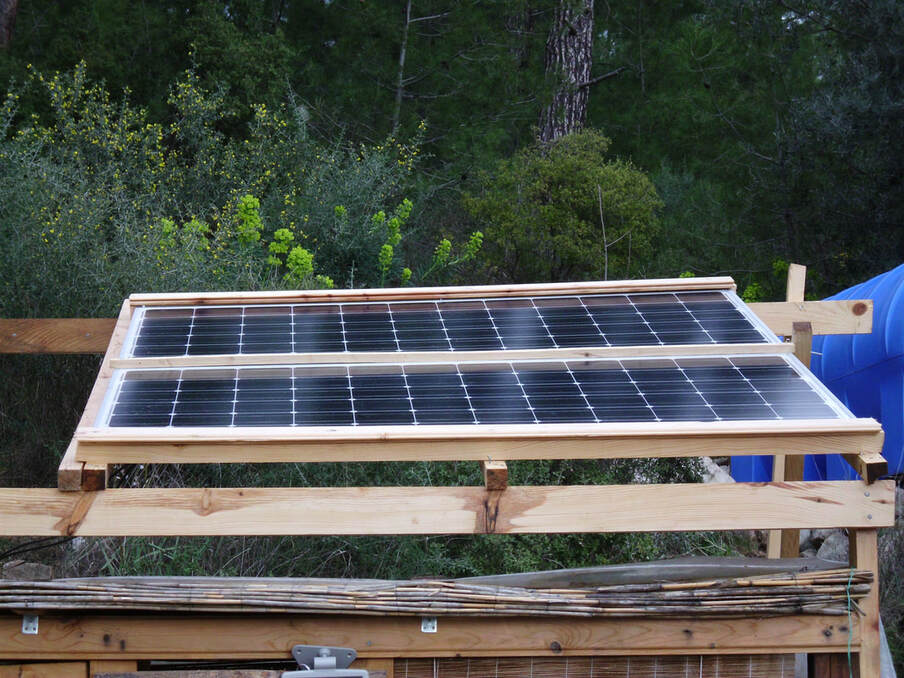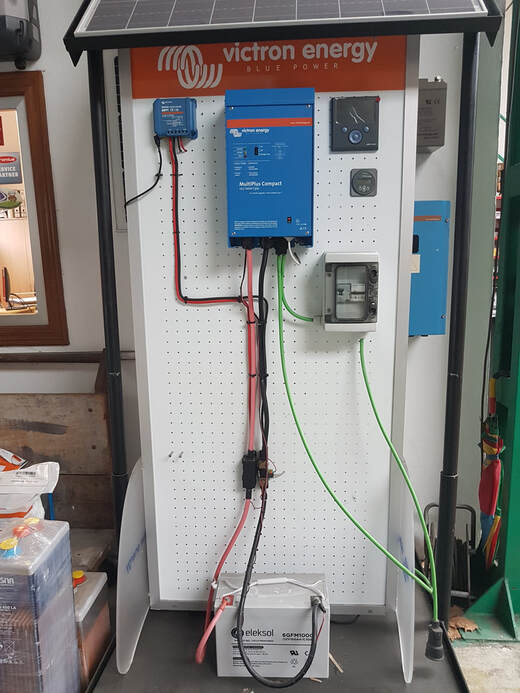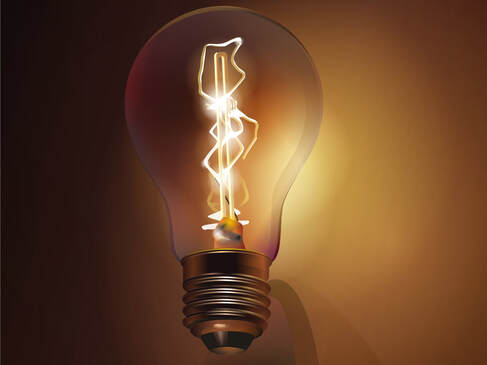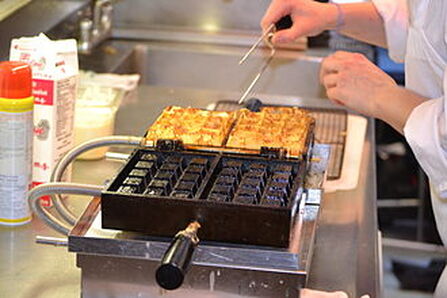Solar Power for Beginners
Trying to work out what exactly you need for a solar power system can be daunting. People may end up spending a small fortune and still not have the power they feel they need. They get a number of things wrong (no wiring a panel up to a car battery isn't going to cut the mustard).
You don’t need to invest vast amounts of cash if you don’t have it. But you do need to understand some basics. The trouble is information on small off-grid solar systems is curiously hard to find, or at the very least plain confusing. Here I've cobbled together an idiot's guide to small, cheap solar systems in an attempt to shed some light on the strangely nebular science of solar power.
You don’t need to invest vast amounts of cash if you don’t have it. But you do need to understand some basics. The trouble is information on small off-grid solar systems is curiously hard to find, or at the very least plain confusing. Here I've cobbled together an idiot's guide to small, cheap solar systems in an attempt to shed some light on the strangely nebular science of solar power.
Basic Solar Power Equipment
There are four main parts to your solar system:
1.Solar panels. These draw in the sun’s energy for you. The more efficient your panel, the more energy they absorb.
The two main types of solar panel are Monocrystalline (black) or Polycrystalline (blue/dark blue). There is still much confabulation about which is better and you can follow that debate here if you like.
2. Batteries. These store the power collected by the panels. The more you store, the more you can use when there’s no sun.
Don't use car batteries! They are designed for a totally different job (giving a car engine an oomph of power for a short amount of time). You need deep cycle batteries, and they are getting cheaper so that's good news. Again you are faced with a choice. Lead acid? Gel? Lithium? You can use any of these in your solar system though lithium are unquestionably the best at the time of writing, but also the most expensive. Read about the pros and cons of each here if you are so disposed.
3. Regulator (controller). This is the brain of your system. If your batteries over-charge or over-drain, their longevity is severely reduced. The regulator controls how much your batteries can charge. When they reach their optimum limit (preferably about 14 V) the regulator stops power coming in from the panels.
4. Inverter. Batteries pump out power at 12V. The inverter converts the 12V into a voltage suitable for your house-hold appliances (usually 220V or thereabouts).
The two main types of solar panel are Monocrystalline (black) or Polycrystalline (blue/dark blue). There is still much confabulation about which is better and you can follow that debate here if you like.
2. Batteries. These store the power collected by the panels. The more you store, the more you can use when there’s no sun.
Don't use car batteries! They are designed for a totally different job (giving a car engine an oomph of power for a short amount of time). You need deep cycle batteries, and they are getting cheaper so that's good news. Again you are faced with a choice. Lead acid? Gel? Lithium? You can use any of these in your solar system though lithium are unquestionably the best at the time of writing, but also the most expensive. Read about the pros and cons of each here if you are so disposed.
3. Regulator (controller). This is the brain of your system. If your batteries over-charge or over-drain, their longevity is severely reduced. The regulator controls how much your batteries can charge. When they reach their optimum limit (preferably about 14 V) the regulator stops power coming in from the panels.
4. Inverter. Batteries pump out power at 12V. The inverter converts the 12V into a voltage suitable for your house-hold appliances (usually 220V or thereabouts).
Watt? You Don't Know an Amp from a Volt?
So you've got your basic solar power equipment. All well and good. However, trouble brews when you want to use appliances that need more power than your system can handle. This is where a cursory amount of electrical knowledge goes a long way.
Volts = Electricity’s equivalent to water pressure. The higher the voltage the more electrical current flows.
Amps (current) = Electrical flow rate
Watts = Units electrical power is measured in.
Voltage multiplied by amps = Watts.
In my mud home in Turkey, I used a small inexpensive system (cost a little over 1000 sterling back in 2012) with two 160 watt solar panels, two 200 AH batteries, a 600 watt inverter and a 20 amp regulator. But what does that mean?
1. I couldn’t use any appliance, or group of appliances that are over 600 watts. The inverter couldn’t handle it (actually better to stay below about 300 watts).
2. I couldn’t use any appliance, or group of appliances that burned more than 20 amps. The regulator couldn’t handle it.
3.There is a finite amount of power stored in the batteries. For the health of the batteries the system functioned between 10.5 and 14.5 amps. That meant I had 4.5 amps to play with when the panels weren’t sucking in light.
Basically, appliances of less than 50 watts are what I looked to use. As a general rule, small motors and battery chargers got the green light. However, anything that heats is a power-eater. I gave away my toaster.
Volts = Electricity’s equivalent to water pressure. The higher the voltage the more electrical current flows.
Amps (current) = Electrical flow rate
Watts = Units electrical power is measured in.
Voltage multiplied by amps = Watts.
In my mud home in Turkey, I used a small inexpensive system (cost a little over 1000 sterling back in 2012) with two 160 watt solar panels, two 200 AH batteries, a 600 watt inverter and a 20 amp regulator. But what does that mean?
1. I couldn’t use any appliance, or group of appliances that are over 600 watts. The inverter couldn’t handle it (actually better to stay below about 300 watts).
2. I couldn’t use any appliance, or group of appliances that burned more than 20 amps. The regulator couldn’t handle it.
3.There is a finite amount of power stored in the batteries. For the health of the batteries the system functioned between 10.5 and 14.5 amps. That meant I had 4.5 amps to play with when the panels weren’t sucking in light.
Basically, appliances of less than 50 watts are what I looked to use. As a general rule, small motors and battery chargers got the green light. However, anything that heats is a power-eater. I gave away my toaster.
What I could potentially use:
|
What I couldn't use:
|
Wavy hair and waffleless breakfasts are two of the sacrifices you'll have to make if you run a small 12V solar system.
Is a small system worth it?
In conclusion, for people off the grid with not much spare cash, the 12 V two-battery low power option is a great solution to simple power issues like lights and laptop charging. And if you really can’t do without your cappuccino machine, your system can be upgraded. But you might want to read about 24 volt systems if that's your plan.








